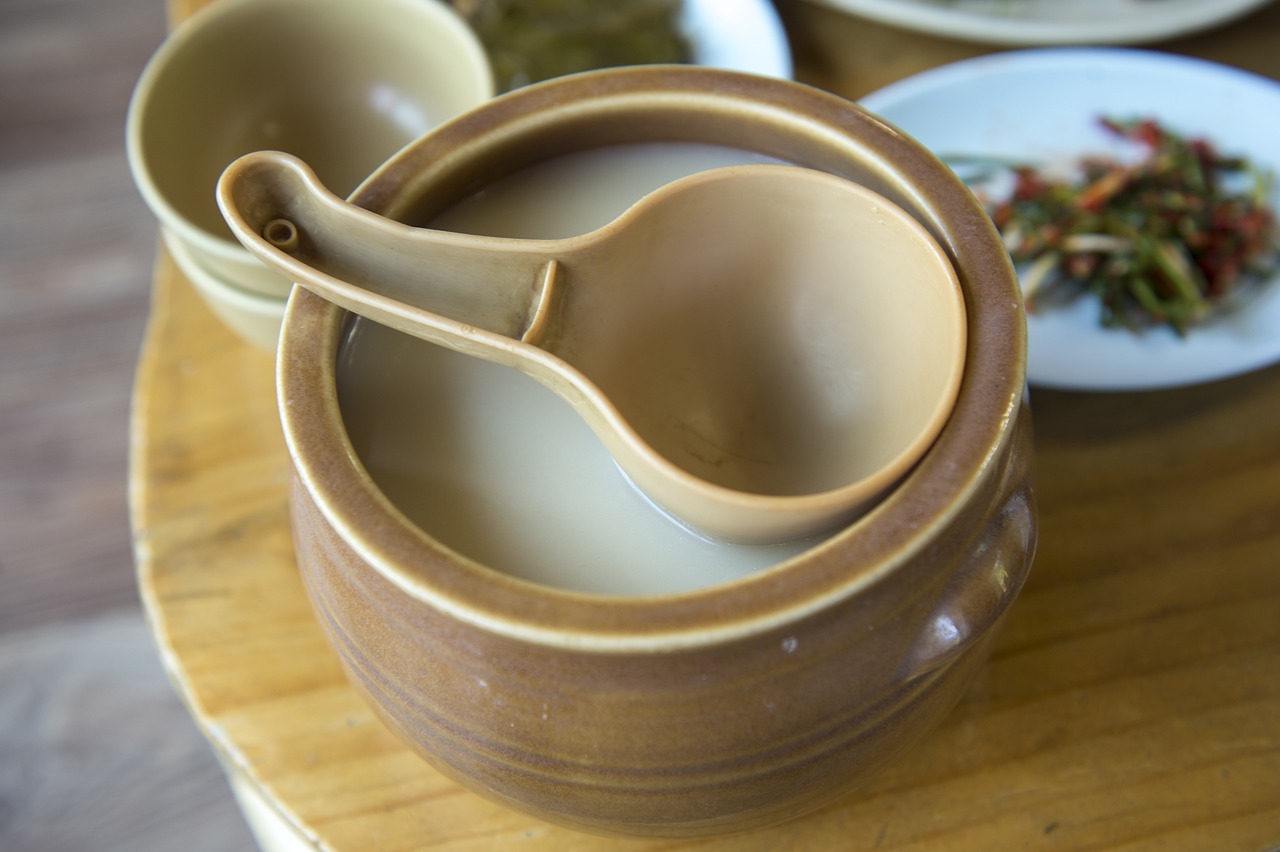Korean Drinking Culture and Traditional Alcoholic Beverages
Introduction to Korean Drinking Culture
Korean drinking culture offers significant insights into the country's social norms and lifestyle. Drinking is viewed as a means of bonding and a quick way to break the ice, facilitating social connections. Interestingly, the phrase 'Let's have a drink' often carries a deeper meaning, suggesting that there are important matters to discuss.
Types of Korean Alcohol
Korean alcoholic beverages can be broadly categorized into two types:
- Fermented alcohol
- Beer
- Wine
-
Makgeolli (Korean rice wine)
-
Distilled alcohol
- Whiskey
- Vodka
- Soju (Korean distilled spirit)
Makgeolli: The Traditional Korean Rice Wine
Makgeolli, one of Korea's oldest alcoholic beverages, has a history spanning thousands of years. Its main ingredients are simple:
- Rice
- Water
- Nuruk (a fermentation starter)
Makgeolli is characterized by its fizzy nature, slight sweetness, and distinctive rice flavor.
Dongdongju: Makgeolli's Close Cousin
Dongdongju, a close relative of Makgeolli, is another beloved Korean beverage. While similar, there are key differences in their production:
- Steam rice grains
- Place steamed rice in a prepared container
- Add water and Nuruk
- Ferment for 7-10 days
The key difference lies in the final step. Dongdongju is scooped from the top of the fermented mixture, where rice grains float ('dongdong' in Korean). Makgeolli, conversely, is filtered from the bottom and diluted with water.
The Importance of Nuruk
Nuruk, an essential ingredient in both Makgeolli and Dongdongju, significantly influences the flavor profile of these beverages. While many traditional Nuruk recipes have been lost, efforts are ongoing to rediscover and develop authentic flavors.
Regional and Flavored Varieties
Various regions in Korea have developed unique Makgeolli flavors:
- Gongju city: Chestnut-flavored Makgeolli
- Jeju Udo Island: Peanut-flavored Makgeolli
Experimental flavors like chocolate and coffee are also emerging. Some restaurants offer special varieties such as Cream Makgeolli and Fresh Fruits Makgeolli, catering to diverse palates.
Making Makgeolli at Home
For those interested in brewing Makgeolli at home, options include:
- Purchasing a DIY kit
- Taking a one-day brewing class
- Preparing ingredients from scratch (recipe available upon request)
Perfect Pairings
Makgeolli pairs excellently with various Korean dishes:
- Pajeon (Korean green onion pancake)
- Tofu with stir-fried Kimchi
- Bossam (Pork wraps)
These combinations are considered classic pairings in Korean cuisine.
Conclusion
Exploring Makgeolli offers a unique insight into Korean culture and culinary traditions. Readers are encouraged to discover their own favorite Makgeolli and food pairings.
Stay tuned for future articles on other Korean alcoholic beverages, including Soju, beer, and homemade wines.


Comments